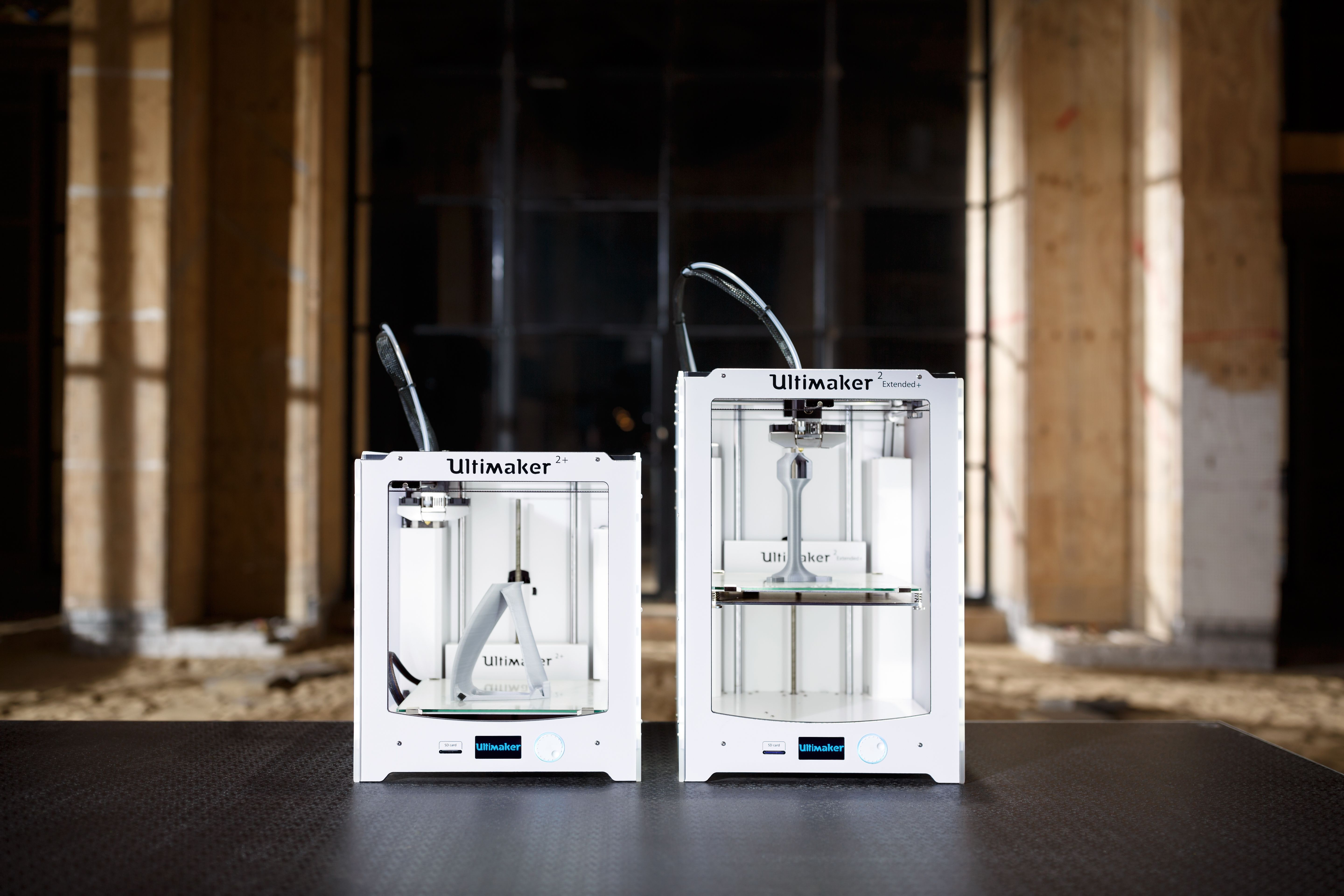
, Wimbledon College of Arts, UAL


At Wimbledon College of Arts, we passionately believe that new technologies will enable actors, designers and artists to push the barriers of traditional performance. We encourage students to take an experimental approach to performance making.
Back in February 2020, artists Forster and Heighes, who are known for their innovative and unusual theatre events, undertook a month-long residency at Wimbledon.
The following extract is taken from their performance lecture entitled ‘On the Hoof - Speculation in unimagined space’ that was delivered as part of their 'Trig Point' exhibition at Wimbledon Space.
“We’ve often talked about the relationship between the pure clean studio space and the messy active workshop. And how a porosity needs to exist between the 2.
This particularly applies to tools and when they are introduced into the workspace. Not that they arrive late just to realise an idea but that they actually add and contribute to the compositional process.

We became intrigued by the 3D printers at Wimbledon College of Arts. They are ironically called the “Ultimaker”. The ultimate maker. They are in a sense a hybrid tool. They look like miniature studio spaces. They look like a very pure Japanese Noh theatre space or maybe the set for the latest Star Wars movie.
It would be intriguing to think about what if a 3D printer were permanently within a rehearsal space. How would it contribute to the generation of performance? What would happen if it didn't just produce a prop, but it actually contributed to the composition?

What would Ibsen and Shakespeare have thought of a 3D printer?
Might Yorick’s skull be slowly and incrementally be made during the grave digger’s speech?
Might Hedda Gabler be manufacturing the gun that she uses to kill herself at the end of the play?”
It is this kind of theatre and performance making and thinking that we hope our students will embrace and take forward.
As Adrian Kear, Professor of Theatre and Performance, says “we want Wimbledon College of Arts students to rethink what an actor or performer is. To reimagine what theatre is and how it might be made. To reconsider the role of the theatre maker as not only a technically accomplished practitioner, but as an intellectually and politically courageous artist, thinker and maker.”
So, what tools would you use to make a performance current, contemporary and creative?
What new ideas and technologies would help you tell a story?
If this sparks your imagination take a look at our courses.
Telephone
+44 (0)20 7514 9641